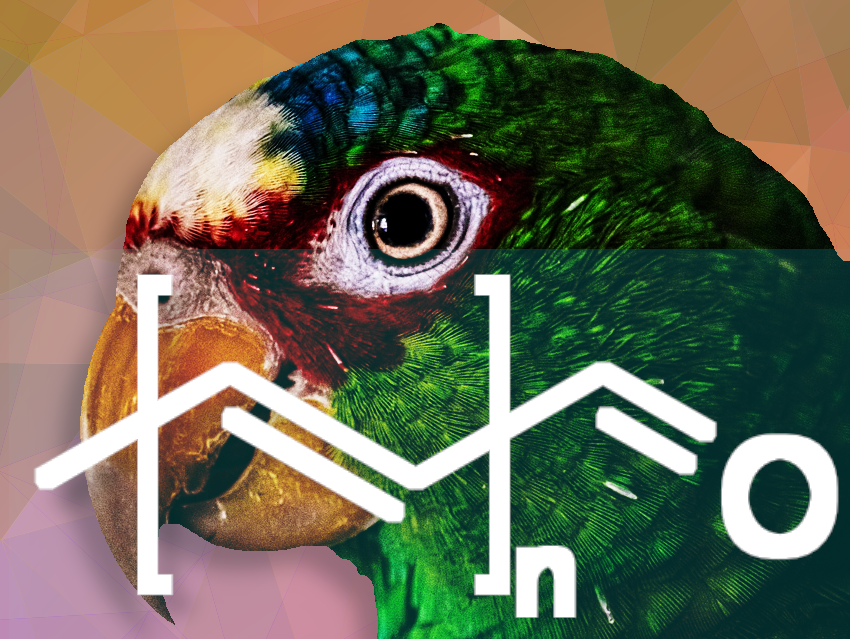Parrots produce their own pigments, called psittacofulvins, which create red and yellow colors; nanostructures in their feathers reflect light to produce blue, and the mix of both results in green. Psittacofulvins are found only in parrots; the name comes from Latin Psittacus (parrot) and fulvus (yellowish-brown).
Most birds get their color from carotenoids in their food—flamingos turn pink from shrimp, cardinals red from berries—but parrots make their own pigments. Until recently, how they achieved such varied colors was unclear.
XY have used genomic tools (gene expression, chromatin accessibility, and genome-wide association studies) to understand how parrots control red and yellow hues: red feathers are rich in aldehyde-psittacofulvins, yellow in carbonyl-psittacofulvins. Blue feathers don’t use pigments but rely on nanoscale feather structures, and green results when these structures combine with yellow pigments.
Although previous studies in domesticated species identified a polyketide synthase required for psittacofulvin biosynthesis, the mechanisms by which parrots diversify their color palette were previously unknown. The team found that the enzyme ALDH3A2 plays a key role by converting red aldehyde pigments into yellow carboxyl ones; the amount of this enzyme in the cell determines the final color.
The pigments are first biosynthesized as red aldehydes and then oxidized into the yellow carboxyl form in greater or lesser amounts, depending on the cell’s ALDH3A2 content. When and how a specific cell determines which feather color to produce is likely governed by gene regulation.
Besides their beauty, psittacofulvins help protect feather keratin from bacterial damage. Coloration plays a major role in how birds adapt to their environment and communicate socially.
- A molecular mechanism for bright color variation in parrots,
Roberto Arbore, Soraia Barbosa, Jindich Brejcha, Yohey Ogawa, Yu Liu, Michaël P. J. Nicolaï, Paulo Pereira, Stephen J. Sabatino, Alison Cloutier, Emily Shui Kei Poon, Cristiana I. Marques, Pedro Andrade, Gerben Debruyn, Sandra Afonso, Rita Afonso, Shatadru Ghosh Roy, Uri Abdu, Ricardo J. Lopes, Peter Mojzeš, Petr Marík, Simon Yung Wa Sin, Michael A. White, Pedro M. Araújo, Joseph C. Corbo, Miguel Carneiro,
Science 2024.
https://doi.org/10.1126/science.adp7710




